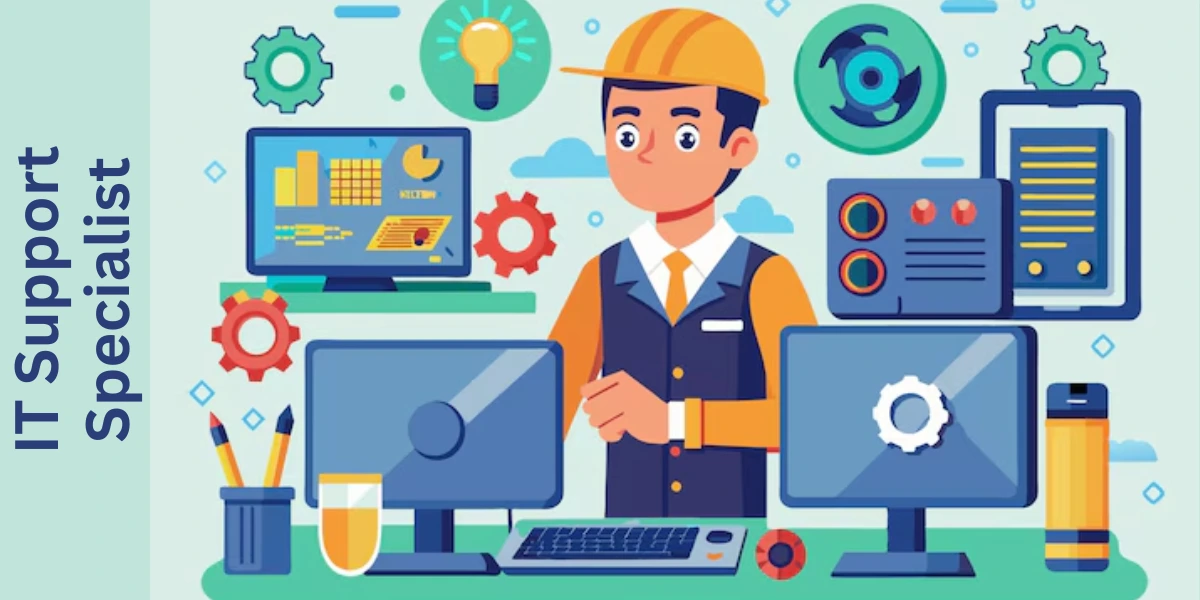Roles and Responsibilities of a Mainframe Developer
Mainframe Developers are responsible for designing, developing, and maintaining software applications that run on mainframe computers. They work closely with clients and stakeholders to understand their business requirements and translate them into technical solutions. Mainframe Developer also collaborate with other members of the IT team to ensure the smooth operation of mainframe systems and applications.

In addition to writing code, Mainframe Developers are tasked with conducting system tests, debugging programs, and implementing software upgrades. They must stay up-to-date on the latest mainframe technologies and best practices to continuously improve the efficiency and performance of the systems they work on. Mainframe Developers play a critical role in ensuring that mainframe applications meet the needs of the organization and contribute to its overall success.
Skills Required for a Mainframe Developer

To excel as a Mainframe Developer, individuals need to possess a strong foundation in programming languages such as COBOL, Assembler, and JCL. A deep understanding of database management systems like DB2 and IMS is crucial for effectively working with large volumes of data in a mainframe environment. Additionally, proficiency in utilizing tools like CICS and VSAM is essential in developing and maintaining mainframe applications.
Moreover, attention to detail and the ability to troubleshoot complex issues are key skills required for Mainframe Developers. Strong analytical and problem-solving skills are necessary for debugging code and optimizing performance in mainframe applications. Effective communication skills are also important for collaborating with team members and understanding the business requirements driving the development projects.
Importance of Mainframe Development in the IT Industry
Mainframe development plays a vital role in the IT industry due to the robustness and reliability it offers for critical business operations. Organizations across various sectors rely heavily on mainframe systems to process vast amounts of data efficiently and securely. The stability and scalability of mainframe technology make it an indispensable asset for handling complex tasks such as large-scale transaction processing and data management.
Moreover, mainframe development is crucial for legacy systems modernization, enabling businesses to adapt and integrate new technologies while preserving existing investments in mainframe infrastructure. As technology continues to evolve rapidly, mainframe developers play a key role in bridging the gap between legacy systems and modern applications, ensuring seamless operations and data continuity. The expertise of mainframe developers is essential for maintaining the integrity and performance of mission-critical applications that form the backbone of many organizations’ digital ecosystems.
Typical Day-to-Day Tasks of a Mainframe Developer

Mainframe developers typically start their day by reviewing and analyzing system performance reports, ensuring that the mainframe systems are running efficiently and without any disruptions. They then proceed to collaborate with other team members to discuss ongoing projects, troubleshoot any issues, and prioritize tasks for the day.
Throughout the day, mainframe developers are often involved in coding and testing new software applications, as well as maintaining and updating existing programs to meet the changing needs of the organization. They also work on system upgrades, security enhancements, and performance optimizations to ensure the smooth operation of the mainframe environment.
Challenges Faced by Mainframe Developers
Mainframe developers often encounter various challenges in their line of work. One common difficulty is the legacy nature of mainframe systems, which can make it challenging to integrate with modern technologies. These developers need to find innovative solutions to bridge the gap between the old and the new, ensuring that the mainframe systems remain functional and relevant in today’s fast-paced digital world.
Another obstacle faced by mainframe developers is the shortage of skilled professionals in this field. As mainframe technology continues to evolve, there is a growing demand for developers who possess the necessary expertise and experience to work with these complex systems. Finding qualified individuals with the right skill set can be a daunting task, requiring companies to invest in training and development programs to upskill their workforce.
Difference Between Mainframe Development and Other Software Development
Mainframe development primarily focuses on the intricacies of large-scale data processing and handling systems, catering to industries like finance, healthcare, and government sectors. The emphasis lies in ensuring high levels of reliability, security, and transaction processing speed. Mainframe developers often work with legacy systems and specialized languages like COBOL, JCL, and Assembler, requiring a deep understanding of the unique architecture and constraints of mainframe computers. On the other hand, other software development encompasses a broader spectrum of applications, including web development, mobile app development, and enterprise software. The skill set for mainstream software developers may include proficiency in languages like Java, Python, C++, and web development frameworks like React or Angular.
In contrast, mainframe development often involves working with heavy-duty servers and storage systems, dealing with batch processing and large volumes of data in a highly controlled environment. The software development process in mainstream technology is often more agile, iterative, and collaborative, with an emphasis on rapid prototyping, continuous integration, and deployment. Additionally, mainframe developers typically focus on maintaining and optimizing existing systems to ensure seamless operation, while other software developers may be involved in building new applications or features from scratch, catering to evolving market demands.
Tools and Technologies Used by Mainframe Developers
Mainframe developers utilize a variety of tools and technologies to effectively carry out their tasks. Among the essential tools commonly used in mainframe development are IBM z/OS, COBOL, JCL (Job Control Language), and ISPF (Interactive System Productivity Facility). These tools are fundamental in creating and maintaining mainframe applications, ensuring the seamless operation of critical business systems. Additionally, mainframe developers often work with database management systems like Db2 and CICS (Customer Information Control System) to store and retrieve data efficiently.
In terms of technologies, mainframe developers are adept at working with languages such as Assembler, PL/I (Programming Language One), and REXX (Restructured Extended Executor) to code and optimize programs for mainframe systems. Furthermore, they leverage tools like IBM Rational Developer for z Systems and Jenkins for continuous integration and deployment. Embracing these tools and technologies equips mainframe developers with the capabilities to effectively navigate the complexities of mainframe development and contribute to the advancement of critical mainframe applications.
Career Growth Opportunities for Mainframe Developers
Career growth opportunities for mainframe developers are abundant and varied. With experience and expertise in mainframe technologies like COBOL, JCL, and DB2, developers can transition into roles such as senior mainframe developer, technical lead, or even project manager within the mainframe domain. These positions often come with increased responsibilities and challenges, offering developers the chance to showcase their skills and knowledge in a leadership capacity.
Furthermore, mainframe developers can explore opportunities in emerging technologies that complement mainframe systems, such as cloud computing, cybersecurity, or data analytics. By upskilling in these areas and staying updated with industry trends, mainframe developers can position themselves for roles in hybrid environments that integrate mainframe systems with modern technologies. This adaptability and willingness to learn new skills can open doors to diverse career pathways and enhance the professional growth of mainframe developers.
| Read More Topics |
| Best framework for web development backend |
| Top-10 machine learning algorithms |
| JavaScript cheat sheet – Every developer needs |





